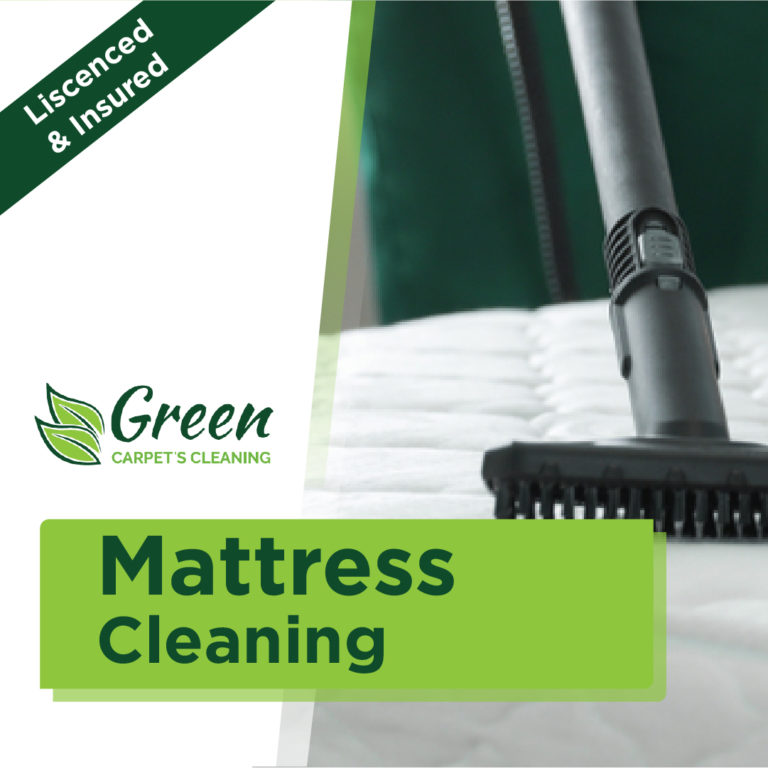WHICH DRAPERY FABRICS ARE WASHABLE VS. DRY CLEAN
Drapery Cleaning in Canyon Country — Drapery is often neglected by homeowners when it comes to its maintenance. We usually tend to care more while the other upholstery is left to chance. No doubt nearly all drapery fabrics need dry cleaning and care, which explains why they are often ignored by us.
Nevertheless, you may be surprised to find that a few curtains and drapes may be laundered at home! Read on to determine which common cosmetic and drapery fabrics are washable and which should be dry cleaned.
Why Does it Matter If You Wash or Dry Clean Your Drapes?
The proper and regular cleaning of fabrics is crucial for many reasons. If forgotten, not only do they look unpleasant and filthy, but could become a large issue for those who have allergies. We must look after them to be able to stop extending, and pulling even if nearly all drapery fabrics do not seem that delicate, guided an expert from Fantastic Services. Drapes are measured to float on the floor or to hang out a certain distance over it. Washing a dry clean only fabric may change the look of your drapes or totally ruin the cloth.
Even fabrics which have not been pre-treated are subject to those distortions. You have to launder drapes made solely from fabrics that are machine-washable to prevent shrinkage. Should you use a washing machine, constantly clean them and use the cycle of the laundry machine, but DO NOT dry them there. Allowing delicate materials to hang out of a point is problematic, as drapery can elongate, distorting the pattern or shape. Lay the drapery level to maintain their appearance and maintain the quality.
Which Fabrics Could You Wash in Home?
Though you are able to place others in a machine, some fabrics need to be washed by hand. Cotton and linen can be cleaned in cold water or on the cycle, but only as long as they’re unlined. Stronger synthetic fabrics such as nylon and polyester can be washed in a machine and by hand, along with wool and cashmere. Bear in mind that nylon and cotton fibers get degraded from dry cleaning solvents washing them by hand or in a system isn’t only an option. It is the only real way to clean them. Polyester fabrics do not need to dry and may be hung right after you clean them.
Silk fabrics may be hand-washed.
Most times, the material’s color is the one to determine if hand-washing is safe. Light colours — and colors that you’re sure will not bleed — may be cleaned that way. Use mild dishwashing soap and hand moves, when you treat this kind of cloth. Otherwise, dry clean silk materials.
Your curtains vacuum them with the machine setting.
You will also need to pre-treat any stains or spots using a solution. There are several different kinds of detergents, depending on the type of fabric, so be sure to pick the right one for your drapery. The substance will be helped by A little lukewarm water. Follow the package instructions of your stain remover and permit the product to sit for the period of time.
Even if your drapery is acceptable for hand or machine washing, always do a test on a small region of the cloth to make sure it’s color-fast. Dip a corner in a combination of lukewarm water and the detergent. If the color begins to bleed, then you need to search for another cleaning alternative. Remember that each fabric comes with a list of instructions where you could see the way of cleaning. Even if the drapery itself is acceptable for washing, the lining is not.
To drapery fabric that is hand-wash,
Soak it tub or a bucket full of mild detergent and warm water.
Allow the cloth simmer for 30 minutes.
Gently squeeze the water out, being careful not to use too much force so that you don’t accidentally wrinkle fabrics that must not be pressed, such as velvet and cotton. Some cloths could be ironed while still moist, to eliminate wrinkles. Eliminate wrinkles from drapery fabrics if you are unsure.
Which Fabrics Must be Dry Cleaned?
Some drapery fabrics can’t be washed in the home. Drapes with a lining, beading, other embellishments or pleating should remain dry cleaned. Furs, tapestry fabrics, crushed velvet, delicate synthetics such as rayon, taffeta, satin, suede, and brocade are cleaned.
You might also want to dry-clean items that are soiled or stained. Bear in mind, it is wiser and safer to dry-clean drapes when you are not confident you can remove stains at home. If you neglect to remove a stain there is a significant chance it will become permanent once the fabric is allowed to dry.
Most drapes have. If your drapes are hand sewn or second hand, a fabric shop or a professional dry cleaner should be able to identify the substance and determine the suitable care for this. Whatever cloth your drapes are made of, find out how to maintain and properly clean them so as to maintain the clean and healthy look of your home.
What window style is best for Drapery in Canyon Country














